About three weeks ago, our small team of five was dropped off on the stunning frozen shores of Alexandra Fiord on the east coast of Ellesmere Island – Canada’s northernmost Arctic island.
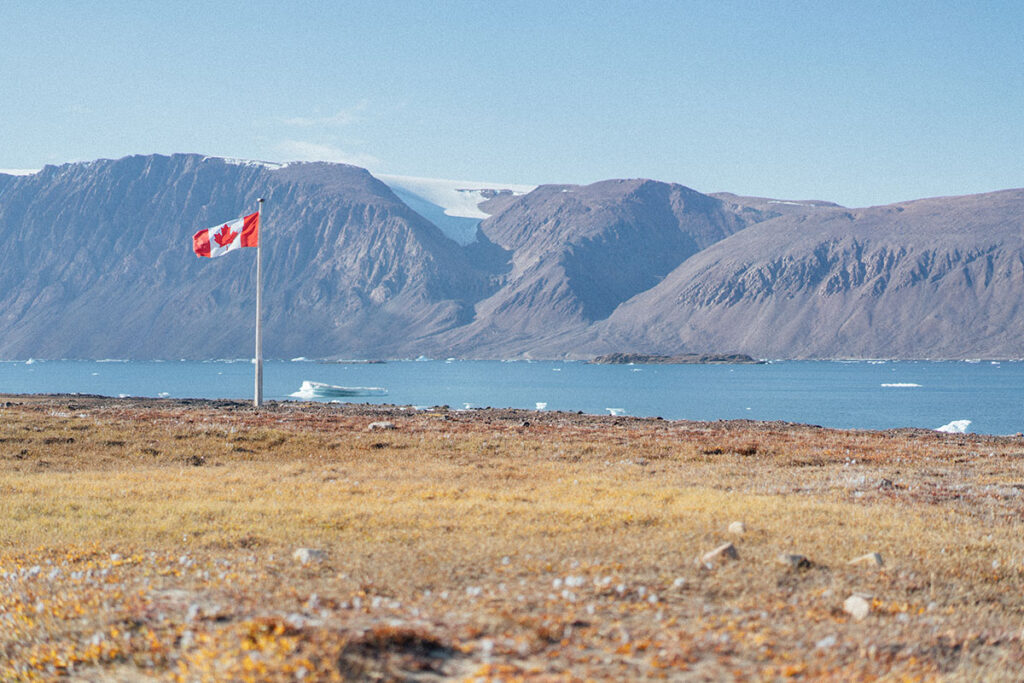 A small Twin Otter plane equipped with skis set us down on the snow-covered sea ice. On the alert for polar bears, we used old metal sleds to drag all of our belongings, scientific equipment, and food off of the sea ice and up to the two buildings, part of an abandoned RCMP post from the 1950s, that would be our home for the summer.
A small Twin Otter plane equipped with skis set us down on the snow-covered sea ice. On the alert for polar bears, we used old metal sleds to drag all of our belongings, scientific equipment, and food off of the sea ice and up to the two buildings, part of an abandoned RCMP post from the 1950s, that would be our home for the summer.
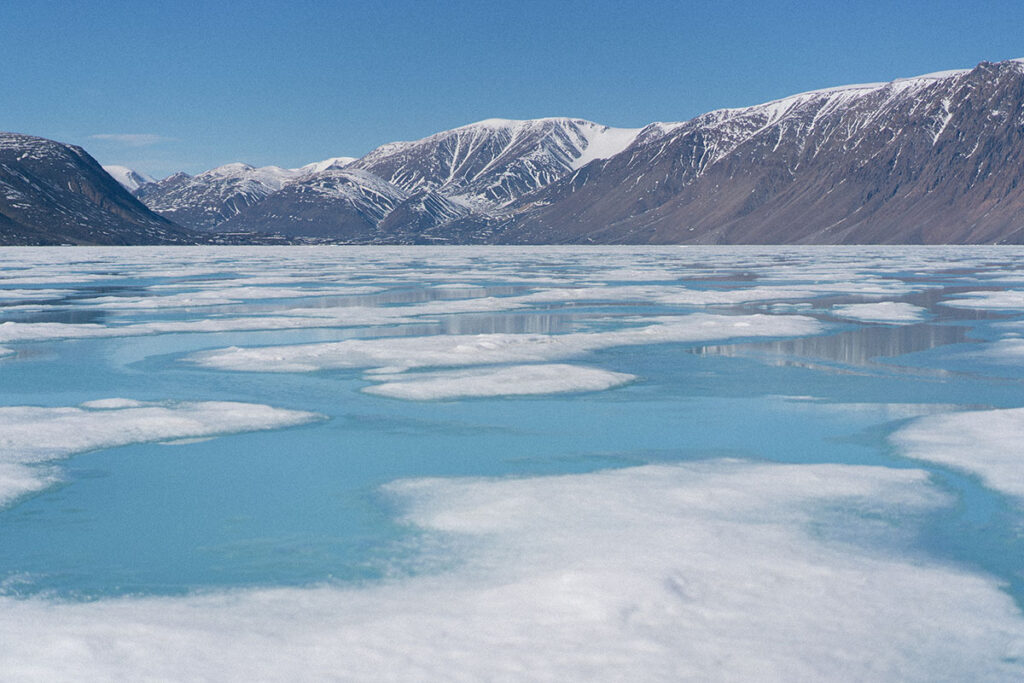 Alexandra Fiord has been a base for ecological and climatological research since the 1980s. Greg Henry, a tundra ecologist from the University of British Columbia, has been running a long-term warming experiment across the low-lying valley since the early 1990s, as part of the International Tundra Experiment. The experiment uses clear plexiglass enclosures, called Open Top Chambers (OTCs), to warm the surface of tundra plots by 1-3˚C, simulating the temperature increases predicted by climate change models. Key plant traits and environmental factors have been monitored in every one of the hundreds of plots over the past 30 years in an effort to better understand the effects of warming on High Arctic tundra plant communities.
Alexandra Fiord has been a base for ecological and climatological research since the 1980s. Greg Henry, a tundra ecologist from the University of British Columbia, has been running a long-term warming experiment across the low-lying valley since the early 1990s, as part of the International Tundra Experiment. The experiment uses clear plexiglass enclosures, called Open Top Chambers (OTCs), to warm the surface of tundra plots by 1-3˚C, simulating the temperature increases predicted by climate change models. Key plant traits and environmental factors have been monitored in every one of the hundreds of plots over the past 30 years in an effort to better understand the effects of warming on High Arctic tundra plant communities.
Greg and his team usually arrive right around the time of snowmelt, late May-early June, so that they can track the experimental plots right from the beginning of the season. Snowmelt typically happens rather quickly, and so the crew usually hits the ground running; spending long, physically demanding days in the field, often in challenging weather conditions.
This year is a little bit different, because this is Greg’s last field season at Alexandra Fiord. Greg has retired, and so at the end of this summer, he’ll be taking down all of the experiments and saying goodbye to a place he has called his summer home over the past 40 years. We’ve joined his field crew in order to document it all.
The field season has been off to a bit of a slow start compared to what we were expecting. There is more snow this year than Greg has seen in his 41 summers here, and after 2 weeks, the crew still hasn’t been able to get to work on the plots.
There’s been no shortage of excitement and prep-work though, while we wait for the snow to melt. We’ve had two polar bears walk right through camp, and a good handful of polar bear sightings out on the sea ice. We’ve downloaded climate data from the weather stations around the valley, prepared some of the data loggers that will be put into the plots, and had good fun capturing the tiny details of tundra plants emerging from the snow with the Laowa 24mm f/14 probe lens. Otherwise, we’ve been enjoying some downtime to read, play games, and relax a bit before we’re knee deep in fieldwork and filming.
We wish we could send some photos to show the incredible beauty of this place, but unfortunately that’s not possible with our limited internet connection. We look forward to sharing when we’re back from our adventure!
Sofie, Jakob, and the Tundra Ecology Lab
Amplis Foto is joining Greg and his research crew this summer to document it all – in the hopes that we can help tell a story that will educate and inspire viewers about the science, history, and importance of this remote and beautiful part of the world.
Read the previous article: The International Tundra Experiment (ITEX): 30 years of research on tundra ecosystems



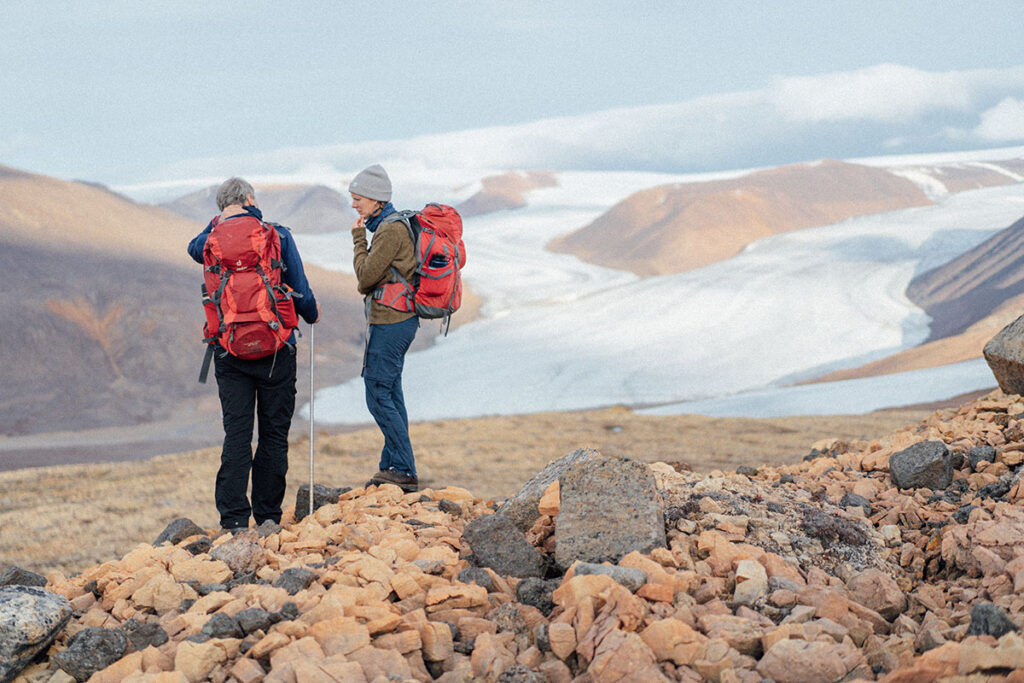
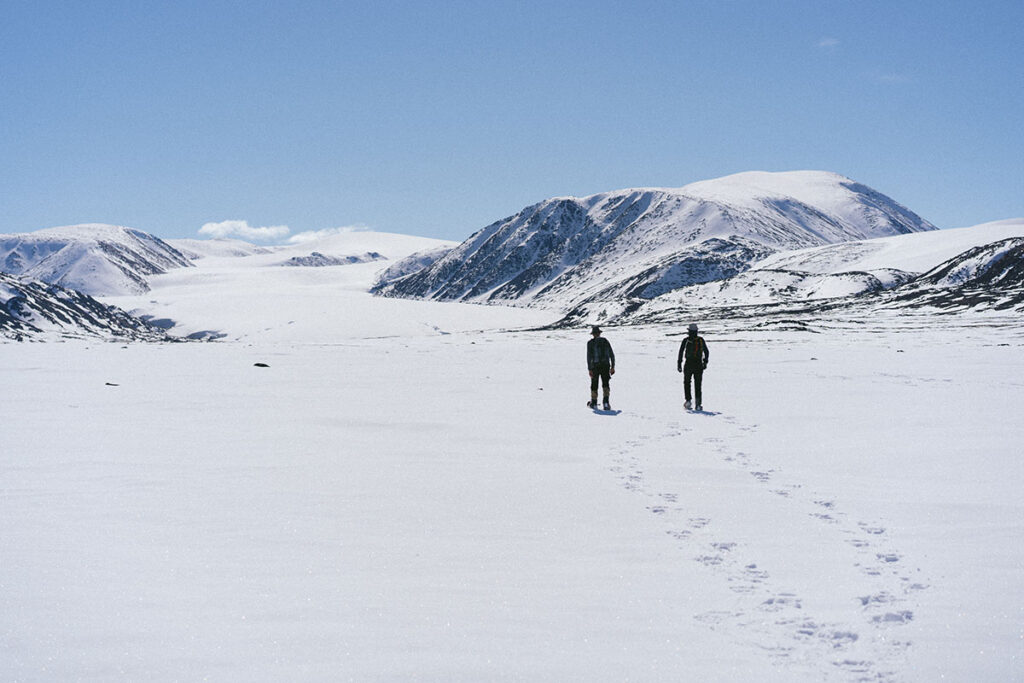
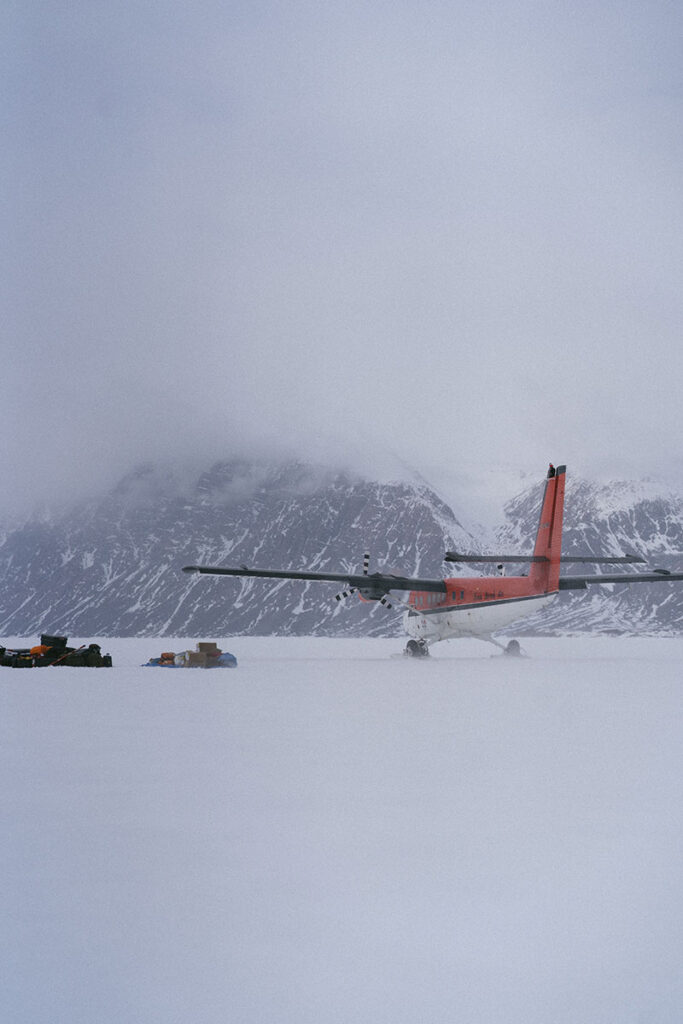
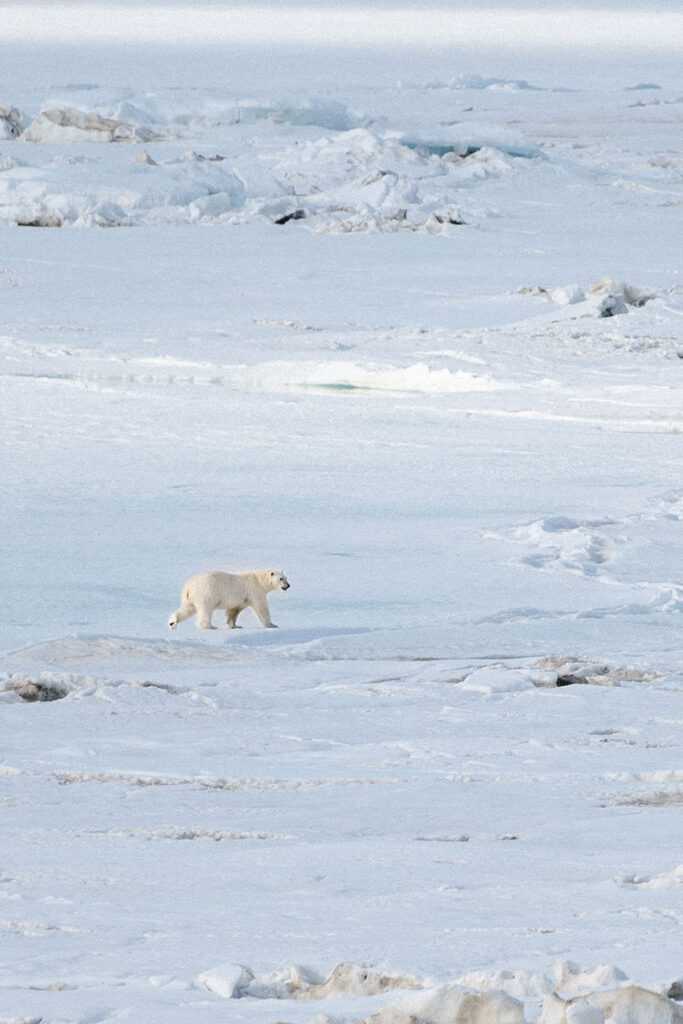
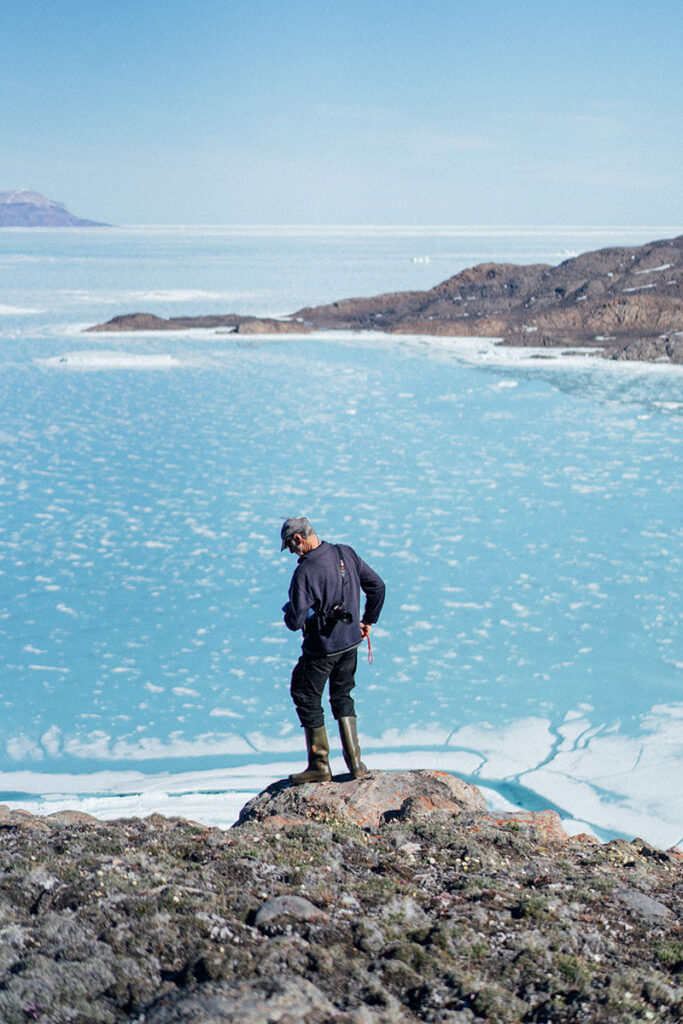
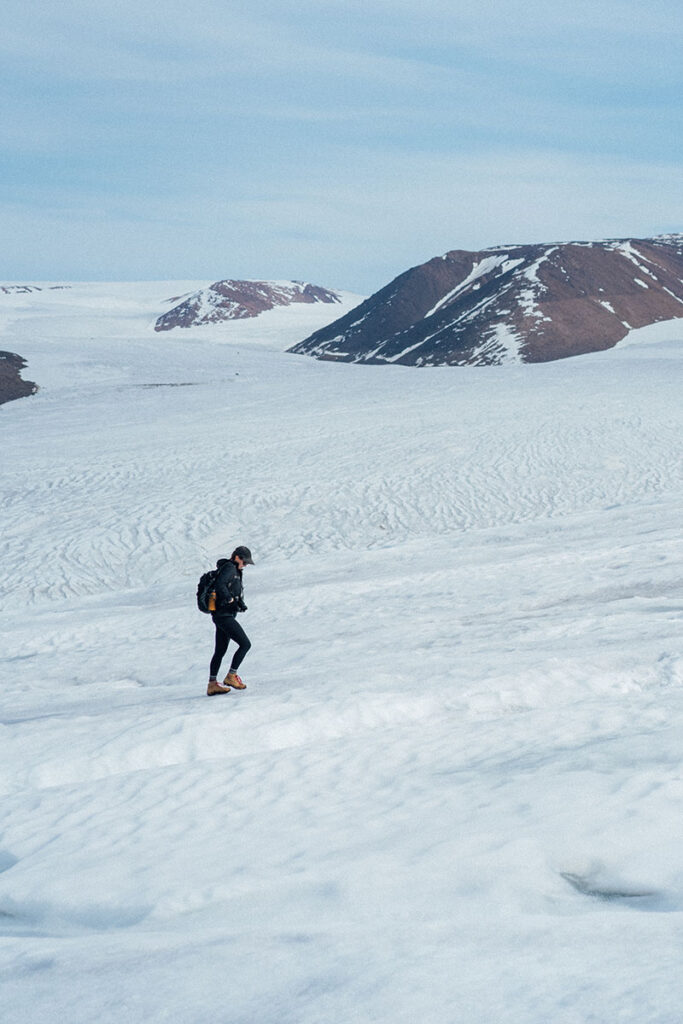
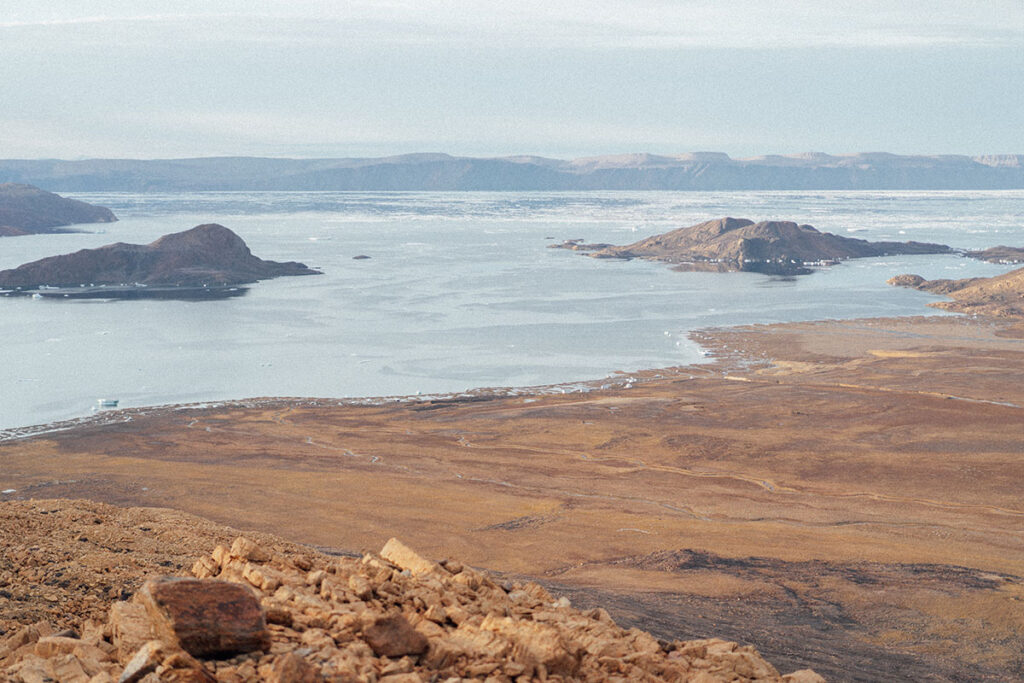
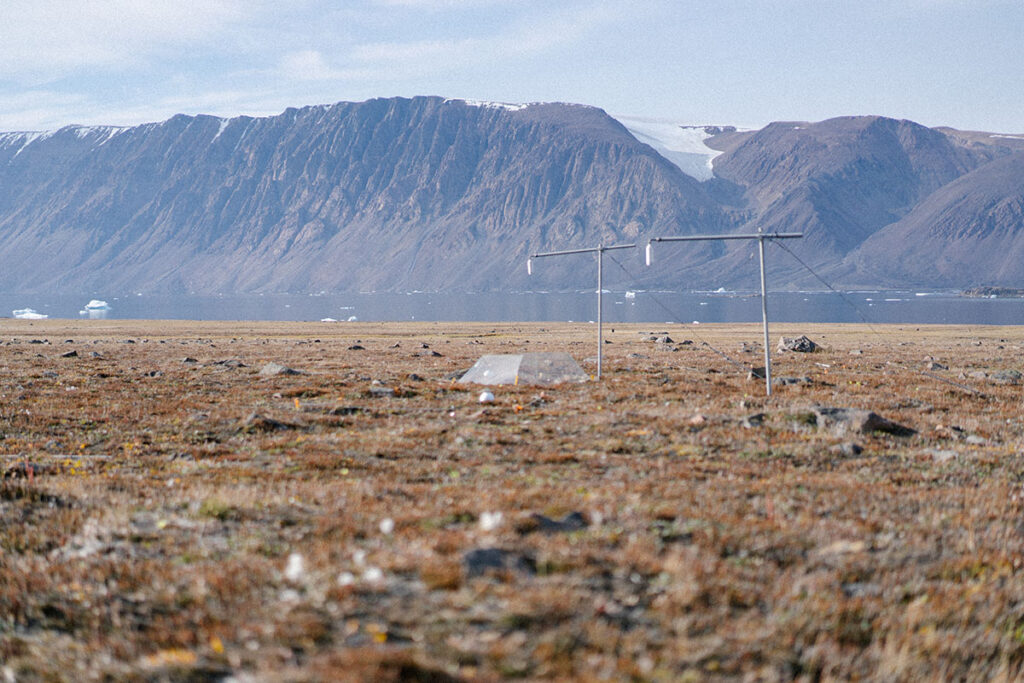
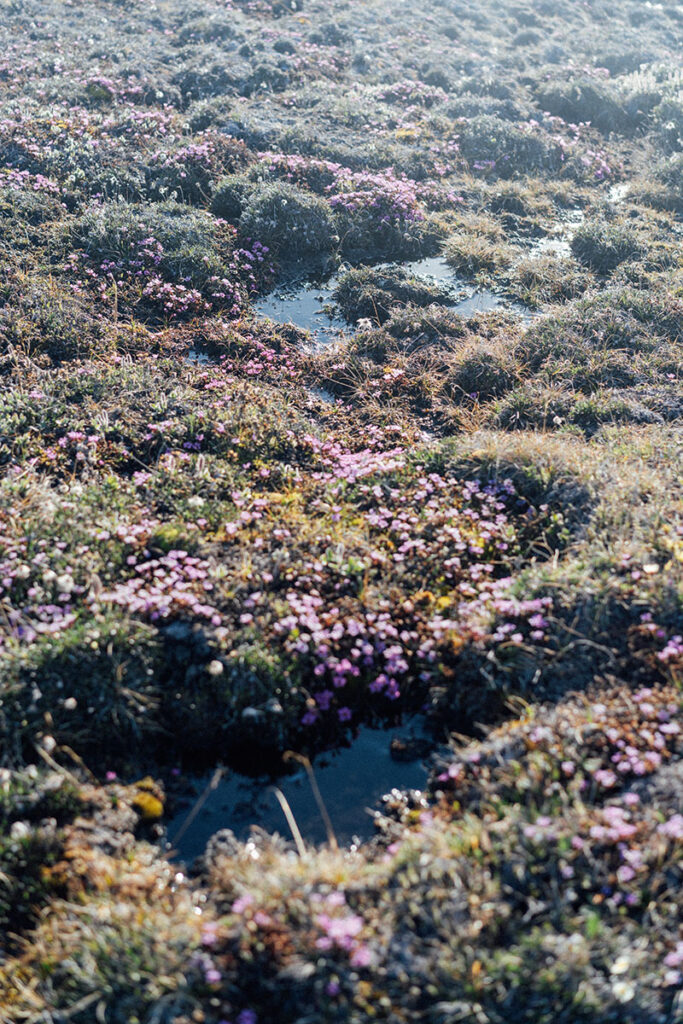
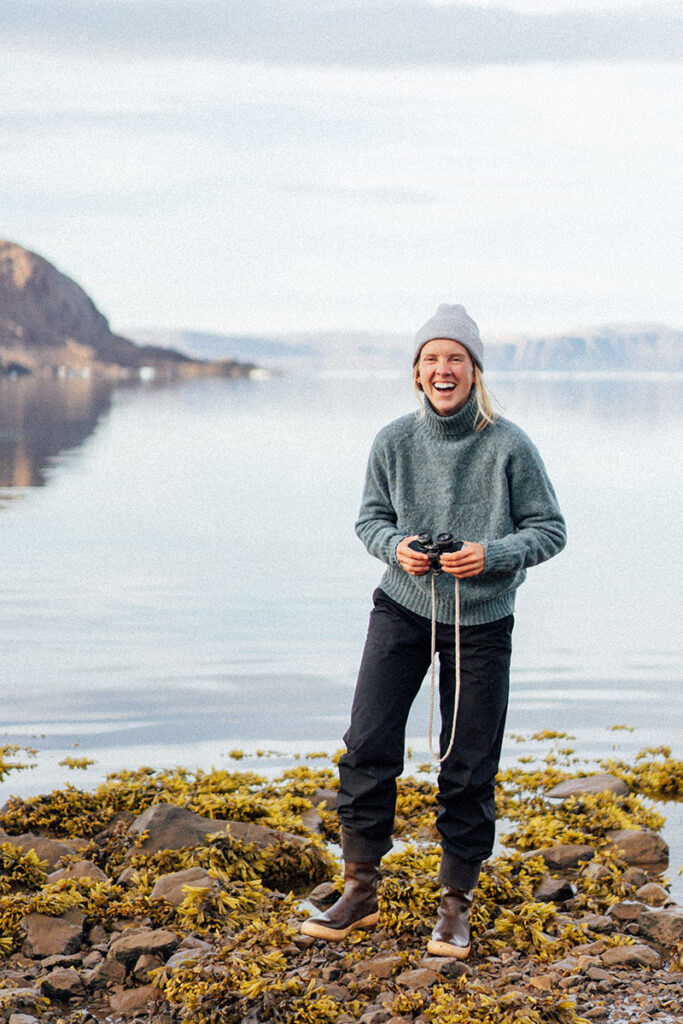





Looking forward to seeing more photos and hearing about the adventures.
Hi Bill, Thanks and we appreciate your comment! Stay tuned for great imagery and video when they return from 79N!